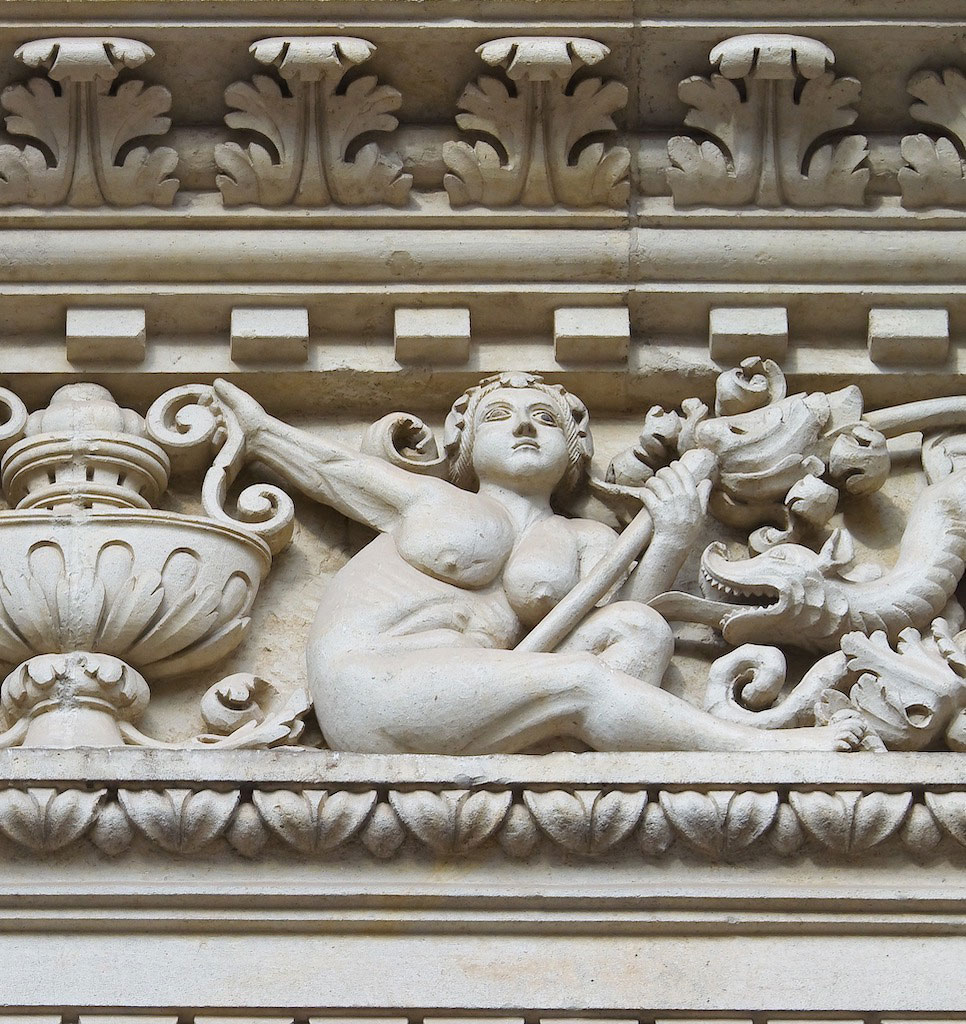




LECCE: WHAT TO SEE ON HOLIDAY.
From the underground city, to Ancient Rome, to the Baroque
Lecce: what to see on holiday.
An increasingly popular international tourist destination, Lecce is a city that never ends
to surprise for its uniqueness and beauty.
Shrouded in an historic charm that has remained unchanged over time, enclosed in the monumental Baroque churches and palaces, in the majesty of the Roman Amphitheatre, in the mystery that surrounds the underground city, to the breathtaking landscapes of the Salento’s most beautiful marinas, Lecce arouses emotion and leaves wonderful memories for anyone who chooses to visit the
Baroque capital of Salento.
Despite the dimensions of a small town, Lecce is a great container of art,
culture, architecture and traditions handed down from the ancient Messapic civilisation to the present day and delights the gaze of those who enter into the heart of the historic centre, which is full of palaces, churches, monuments, museums and ruins of ancient civilisations.
Of the many things to see, below we would like to highlight the main places to
visit on holiday in Lecce for those who decide to stay for the first time
in the centre of Salento.
The City Walls
Recently renovated and open to the public, the Mura Urbiche can be seen at the northern entrance to Lecce. Commissioned by Emperor Charles V to defend the city against repeated attacks by the Turks, the walls were designed and then fortified to resist the new weapons of war of the time.
Today, the city walls can be visited and walked along the entire perimeter and give the visitor a panoramic view of the old city from above.
PIAZZA SANTO ORONZO, ROMAN AMPHITHEATRE AND ROMAN THEATRE
Piazza Santo Oronzo is not only the main square in Lecce, but also the site of the Roman Amphitheatre, one of the largest and most visible testimonies of the Roman empire in the city, displayed in all its splendour in the heart of the square. A few dozen metres from the Amphitheatre is the Roman Theatre, discovered in the beginning of the 20th century. An auditorium capable of accommodating, at the time, as many as 5,000 spectators, entertained with plays, comedies and tragedies.
PIAZZETTA CASTROMEDIANO, THE REMAINS OF THE MESSAPIAN CIVILISATION.
Close to Piazza Santo Oronzo, proceeding towards the Basilica of Santa Croce, you will reach Piazzetta Castromediano, the stage of the testimony of the settlements of the first ancient population of Apulia. The remains are today visible thanks to plexiglass structures that allow you to see part of the ancient city walls, shrouded in a thick vegetation.
BASILICA OF SANTA CROCE, PALAZZO ADORNO AND PALAZZO DEI CELESTINI.
Basilica of Santa Croce, Palazzo Adorno and Palazzo dei Celestini.
The symbol of Lecce Baroque, the Basilica of Santa Croce stands in all its grandeur and beauty. Strongly desired by the Celestine monks, its façade is embellished with mythological figures, putti, men, animals and floral decorations, all rigorously carved and sculpted in Pietra Leccese.
In a single building complex, in continuity with the Basilica of Santa Croce, follows the
baroque façade of Palazzo dei Celestini, former convent of the Celestine Fathers, favorites
of the family of Anjou, today hosts the offices of the prefecture and the province and is known to citizens as Palazzo della Provincia.
Opposite the Palazzo dei Celestini stands an authentic jewel of 16th-century architecture, Palazzo Adorno whose interior can be visited up to the basement that gives
access to an aquifer generated by the passage of the Idume, an ancient underground river seven kilometres long, whose history is rich in myths and legends.
THE JEWISH MUSEUM
Next to the Basilica of Santa Croce, a magnificent palace with a late Renaissance and Baroque façade is home to the Jewish Museum, another of the wonders offered by the underground city. Inside you can visit the 15th-century synagogue, with the presence of large basins, most probably dedicated to ablution rites.
THE CHARLES V CASTLE
Erected in the 12th century B.C., the ancient medieval castle was rebuilt in 1537 by the
Spanish sovereign, Charles V, who gave it his name.
Can be visited up to the dungeons and today the Charles V Castle is home to important art exhibitions and food and wine events.
PIAZZA DUOMO, THE CATHEDRAL AND THE BELL TOWER
In Piazza Duomo, a large Baroque architectural complex houses the Cathedral of Maria Santissima Assunta (known as Duomo di Lecce), the Episcopio and the Palace of the Seminario.
The massive, recently restored bell tower stands out, and can be visited with a panoramic lift that gives access to the inner wall structure and the four bells and offers a bird’s-eye view of the old town.
What else to visit on holiday in Lecce?
The countless wonders Lecce hosts are certainly not finished here.
Strolling through the narrow streets and alleys, you can see churches and monumental palaces,
balconies and terraces, arches and city gates, museums and theatres.
Below, we briefly list other must-see sights:
- The Sedile and the Church of San Marco
- Church of St Matthew
- Church of St Irene and Theatine Convent
- Porta Napoli, Porta Rudiae and Porta San Biagio
- Monument to the War Dead
- Fountain of Harmony
- Former Augustinian Convent
- Benedictine Monastery
- Inner courtyards of historic houses and palaces
- Faggiano Museum
- Sigismondo Castromediano Museum
- Must
- Apollo Theatre
- Piazza Mazzini and fountain (formerly Piazza Trecentomila)

















